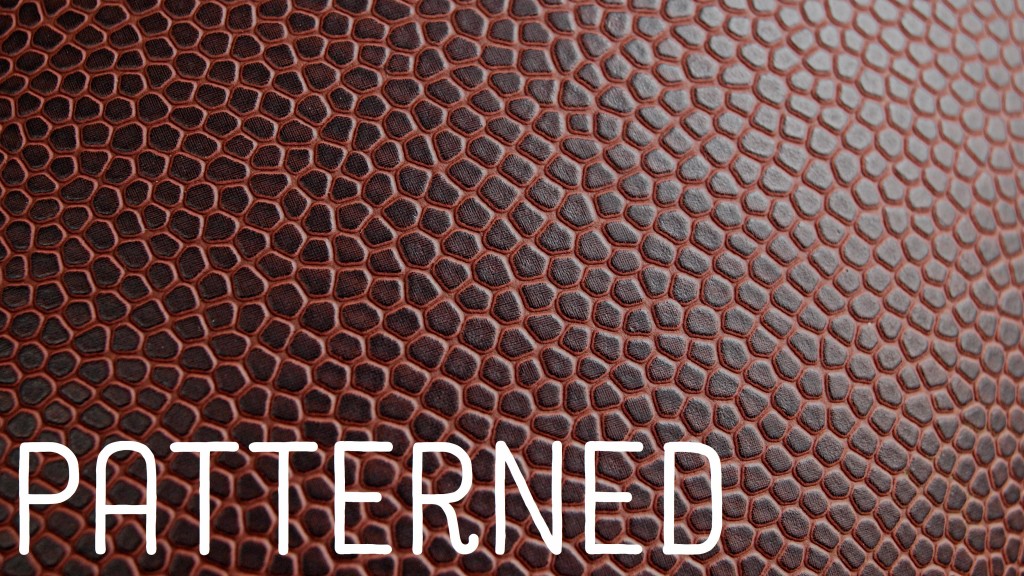As writers, we hear the advice to show, don’t tell. We can almost use it as a mantra. I suspect it is a bit of wisdom used by writers, editors and publishers as an item to tick off of their master lists.
Back in Kindergarten and Grade School we had an event called Show and Tell. It was me who brought the skeletal remains of a bird’s head. I wonder if this information is tucked away in my ancient transcript files along with the admonitions to stop talking aloud in class.
A few days ago, I was in the most dreadful of places with the most dreadful thoughts. I had to describe what I thought was going on inside a dark, damp and messed up place. The beginning of the most recent event happened while eating a 5Guy’s cheeseburger with a plastic fork.
At first it was unsettling. Something had broken and coming out, it was every bit as big as I imagined it. It actually felt a little better so I downplayed the whole event, until the oook set in and the heat and the oook.
There was no way out of it. I had to go across town and climb up onto a swoopy chair and let strangers move into my mouth with sharp metal picks and hooks and some frozen probe.

For those times when you have to describe a setting, less is more, may apply, but we need to make the less – more.
I am making the effort not to confuse touch with feelings. I am presenting three links to help get us onto Sunday’s Topic. Sometimes You Have to Tell.
Writing Tips: How to Describe Setting using Touch
In terms of show, don’t tell, there are two broad strategies to think about. When used together they are brilliant tools to really paint a picture in your reader’s mind. The first is to use figurative language (but more on this in another post). The second is to use sensory language — to draw upon the five senses to describe the setting.
Descriptive Writing and the 5 Senses
One of the key things that a passage of descriptive writing should do is appeal to all five of the senses. Appeal to the sense of sight only (how things look) and your writing will lack dimension.
I am leaving you with one more link. This is to a list of words to describe texture.
400 Words to Describe Texture
Describing texture is a problem for both established and new writers, who often forget to write with senses other than sight. In reality, writers should use every sense.
Join us on the 18th at 7PM EDT for a Topic Chat.


One response to “When You Really Need to Tell”
TY for this one Sally, I almost ‘feel’ you inside my head!
Your thoughts follow closely in line with a piece I started scribbling a few days ago exploring the idea of NOT having one or another of the “usual” five senses available, and how you cope with describing the world … something which e.g. an Amputee might need to attempt.
Not yet sure where I’m going with this but your thought come at a useful time.
Looking forward to Sunday as always (still stuck in hospital)
Paul